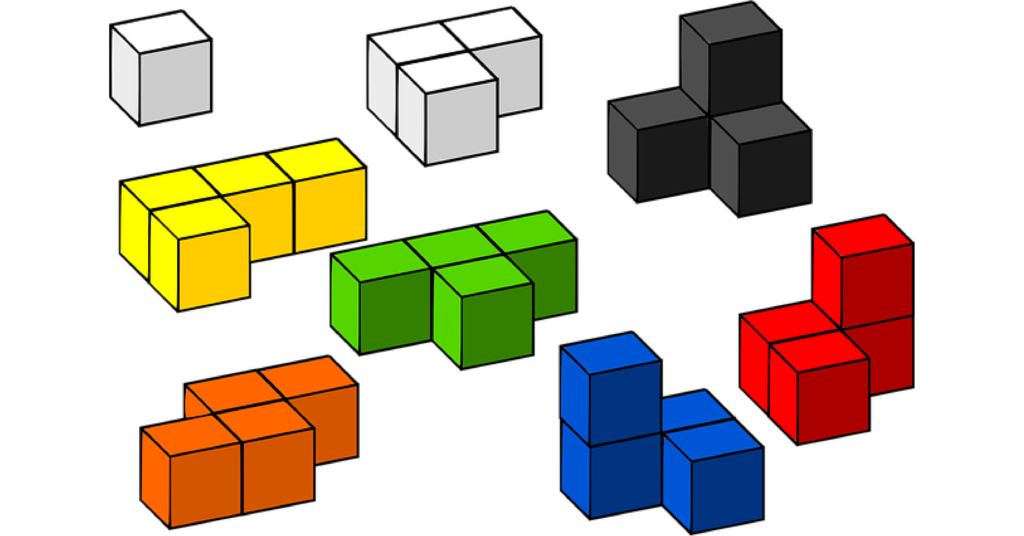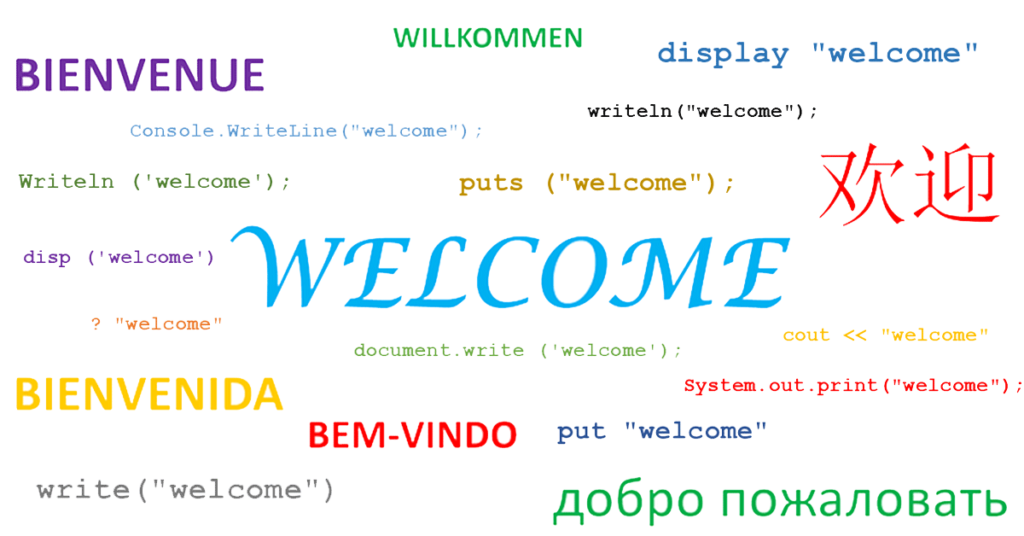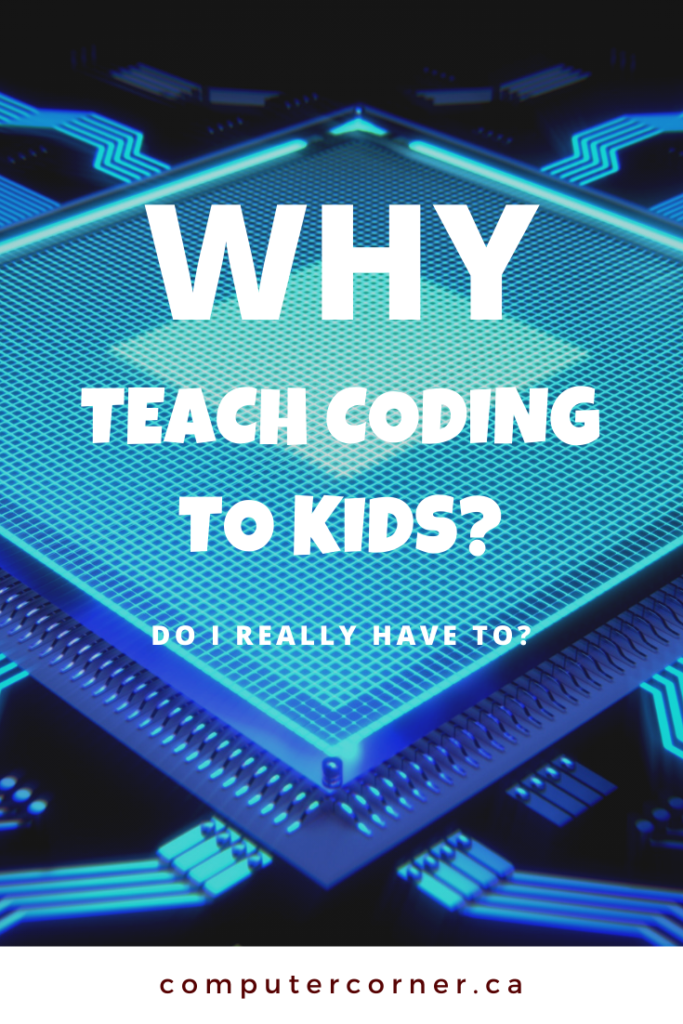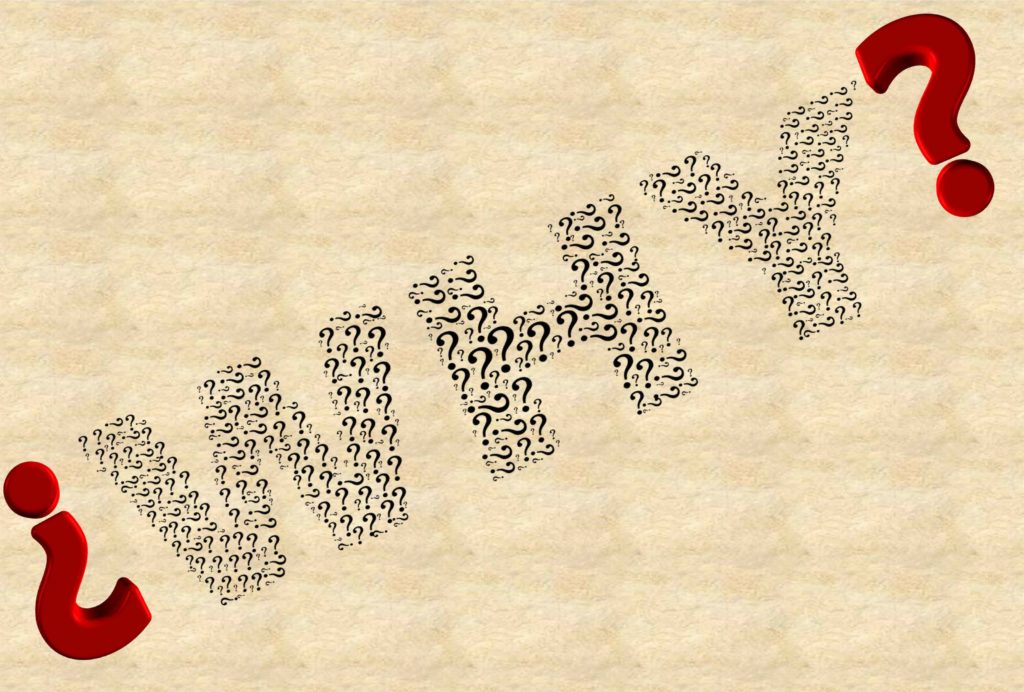But I Don’t Want To Teach Kids Coding!
What’s the big deal? Why teach kids coding?
Kids think computers are fun. They don’t understand how or why they work, they just use them. It keeps them entertained.
So, What’s Coding Got To Do With Me?
I teach kids. I’m not a programmer! I can’t teach kids coding!
Coding isn’t about programming a computer.
Not really.
It’s about problem-solving and, that is something we do every day.
I can’t find my car keys. Why isn’t my internet working? I just did the laundry, so why are my white clothes now pink?
Each of these calamities presents a problem that needs to be solved. The faster we solve it, the quicker our stress goes away.

The harder it is to solve, the higher our blood pressure gets!
If everything works 100% of the time – ALL of the time, we don’t develop the skills necessary to solve these everyday problems.
Coding is just another method of teaching problem-solving. In fact, coding is really just typing. It's how you code that counts! Click To TweetCoding Is Everywhere!
Someone has programmed every electronic device we use.
First, there’s the actual output – what the user sees on the screen, also called the user interface. Second, how do we make it work – what choices does the user have or what can the user make the device do. And finally, what happens when something doesn’t work properly.

Think about it.
How did the coder get the screen to look like that? How did they set up the choices/user interface? How did they know it worked? What was involved in the overall design?
These are some of the questions coders have to consider.
These questions all have to do with problem-solving.
So, if our kids want to keep up, they need to learn how to problem-solve when they're young. That's why learning how to code is so important. Click To TweetI Have To Learn A New Language?
If you ask a coder what language to learn, they'll tell you their favourite is the best. But the correct answer is that the programming language doesn't really matter. Click To Tweet
You don’t need to know anything! The kids will be so absorbed that they will learn as long as you are there to ask them questions. It’s how you TEACH that matters!
Learning what to do when something doesn’t work is what’s IMPORTANT!
We all know how often electronics crash on us – especially when we need them the most. My mother always said “Murphy’s Law” will strike when you least expect it and are in a panic.
Murphy’s Law in Action!
Have you ever heard the adage: Anything that can go wrong, will go wrong. That’s Murphy’s Law. In other words, the odds are much higher that your printer will suddenly stop working the hour before your assignment is due than on any other day. Or, just as you’re ordering some tickets online to beat a box office deadline, your internet connection will die.
You can almost guarantee that whenever you have a deadline or need something done in a hurry, something will probably go wrong at the last minute!
Now, some people handle crises like this without breaking a sweat, but most of us panic, lose the ability to think and generally just have a melt-down. For me, it depends on the kind of day I’m having – sort of…my ability to handle stressful situations has diminished over the years, and my short fuse tends to get the better of me.

I just keep telling myself that I’ll regret throwing the computer across the room – I can’t afford a new one! 🙂
Problem-Solving Goes with Coding?
Being able to solve the problem at hand. That's what we all need to learn, and coding is the perfect vehicle to teach step-wise, and sometimes out of the box, problem-solving. Click To TweetThe easiest way to teach problem-solving is by asking more questions. As a teacher, I never gave answers. I just asked questions – that probably drove my kids nuts. But using the right questions – helping them understand what to do through asking questions that will lead them to the answer – that’s what teaching problem-solving is all about!
Ask MORE Questions?
During my annual review many years ago I had a student come to my desk and ask a question. Rather than answering his question, I started asking him questions.

I repeated each question several times, pausing in-between, before asking it again. My Principal commented on my questioning technique during our debrief.
Why did I keep repeating? Wasn’t it annoying to the student?
The student was ESL, English as a Second Language learner (or ELL – English Language Learner).
I repeated the questions because he could only absorb them one at a time. You see, he had to translate them into his own language first, so he needed time to process each of my questions.
Native English speakers don’t have to do this. It never occurred to my principal that an ESL student needed repetition as well as time to process the questions. I knew that once I’d repeated the questions enough times, he would understand and be able to answer.
Problem-Solving = Simple Steps?
I realize this doesn’t sound like a problem-solving example, but it is. Students need to learn how to break problems down into simple steps. Then they need to thoroughly understand how each step works before they can combine the steps to create something new.

Some kids seem to instinctively understand how to break down the components of a problem into simple steps. But most of us have to be taught.
When I was learning how to code, I needed to see the solution to understand the concept. Once I understood the correct code, I could then apply it somewhere else. Eventually, I used the solution without thought because I’d internalized it.
When I had internalized enough solutions, I could judge when to use each of them correctly. I was also able to blend different elements from each solution to solve a new problem. This is the epitome of Bloom’s taxonomy in action.
Good old Bloom’s Taxonomy!
Now, maybe you’re wondering: What is Bloom’s Taxonomy? Bloom had a theory that the learning process is a series of stages, starting at knowledge, and ending at evaluation.

That’s how we learn, and we’ve been doing this since the day we were born. Each problem we solve adds a new solution to our toolbox.
So, How Does All This Relate To Teaching Kids Coding?
The first step in solving a problem requires knowledge and comprehension. Click To Tweet Breaking a problem down into small steps and clarifying the details, makes it easier to solve. Each step that gets done leads to the next until, eventually, the entire problem has been solved. Click To TweetThis process applies to everything – every subject in school, every job situation or career, and, more importantly, every task we do in our daily lives. We need to understand this process, and we can’t rely on learning it through osmosis. The earlier it’s taught, the faster kids will learn.
What is truly unique about coding is that new problems crop up every day, and not all solutions are straightforward. Some require extremely creative problem-solving. This will teach kids to be flexible and think outside the box, a skill that is valued today.
Problem-Solving: An Essential Life Skill?
Once someone learns the art of problem-solving, they will approach every problem or challenge with a new attitude. They will know how to tackle whatever issue comes up because they have internalized multiple solutions, and they can instantly access them whenever they are needed.

The bottom line is coding and, more importantly, problem-solving needs to be taught in every class, every day. Coding is just an enjoyable medium that makes kids want to learn.
So, Teach Kids Coding!
Let's face it, kids love computers! They are already hooked, so, why not use this fascination to teach them problem-solving? Click To TweetThey get to combine their creativity with coding to build their own games and apps, as they absorb new problem-solving paradigms along the way.
It’s a win-win!

Want to remember this post? Share it on Pinterest!

My kids are more “hands-on”…
So, maybe your kids are kinesthetic learners. Check out this blog post from I Heart Steam!
And if you’re into robotics, check out this blog post from Naomi Meredith.

